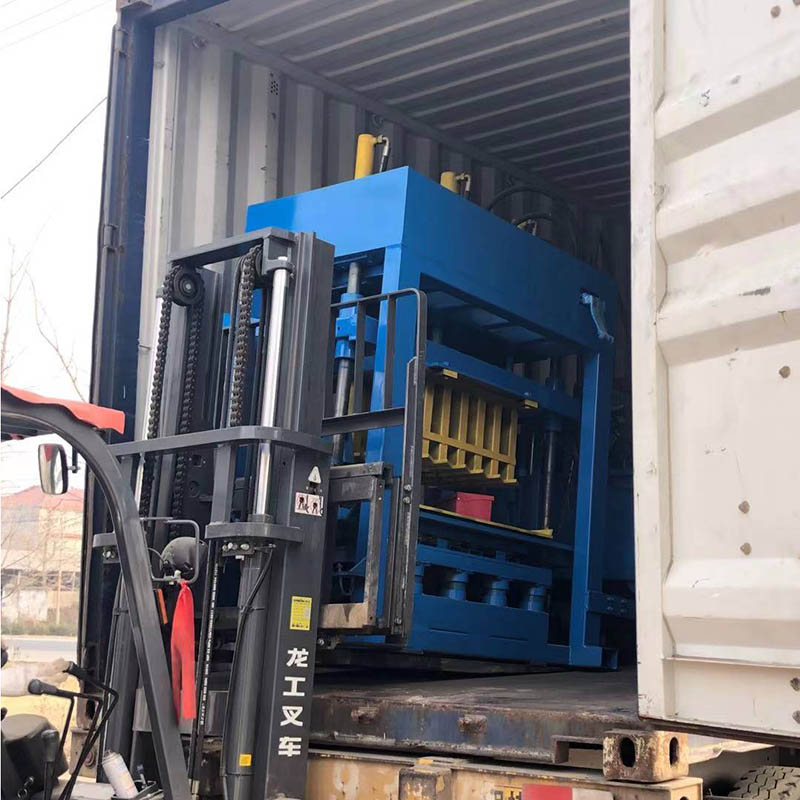
Image source:Aiweiblockmachine
Introduction
Brazil, with its diverse landscapes and rich cultural heritage, boasts a vibrant construction industry deeply rooted in tradition and sustainability. One remarkable aspect of this industry is the manual production of clay blocks, a practice that has endured for generations. In this article, we delve into the intricate world of manual block making in Brazil, exploring the techniques, historical significance, and sustainable aspects of clay block manufacturing that continue to shape the nation’s construction landscape.
1. The Historical Legacy of Clay Block Construction in Brazil
Colonial influence: Brazil’s colonial history saw the introduction of clay brick and block construction techniques by Portuguese settlers.
Cultural diversity: Different regions in Brazil have their unique clay block traditions, influenced by indigenous, African, and European craftsmanship.
2. The Artistry of Clay Block Making
Clay selection: Local clay is chosen for its suitability and quality, with variations in color and texture adding character to the blocks.
Handcrafted molds: Skilled artisans create unique wooden or metal molds, allowing for a wide range of block shapes and sizes.
Sun-drying*: Blocks are left to air-dry naturally, a process that can take several weeks, contributing to their strength and durability.
3. The Cultural Significance of Clay Blocks in Brazilian Architecture
Historical landmarks: Brazil’s iconic architectural landmarks, such as the Pelourinho in Salvador and the historic towns of Ouro Preto and Paraty, showcase the enduring use of clay blocks.
Artistic expression: Clay blocks often feature intricate designs and motifs, reflecting the diverse cultural influences in Brazilian architecture.
4. Sustainable Aspects of Clay Block Manufacturing
Abundant local resource: Clay is readily available across Brazil, making it an eco-friendly and sustainable construction material.
Thermal insulation*: Clay blocks offer natural thermal insulation, reducing the need for energy-intensive heating and cooling in buildings.
Recyclability*: Damaged or discarded clay blocks can be recycled or used as a foundation for new constructions, minimizing waste.
5. Techniques and Variations in Different Brazilian Regions
Northeastern traditions: The Northeastern region of Brazil is known for its adobe-style clay block buildings, reflecting indigenous and African influences.
Southern craftsmanship: In the South, German and Italian immigrant communities have contributed to a distinct clay block tradition.
6. Challenges and Preservation Efforts
Urbanization pressures: In rapidly urbanizing areas, modern construction materials and methods sometimes overshadow traditional clay block techniques.
Skills preservation*: Efforts are underway to preserve the traditional knowledge and skills associated with clay block production through training and cultural initiatives.
7. Contemporary Applications
Eco-friendly architecture*: Architects and builders in Brazil are rediscovering the value of clay blocks in sustainable and eco-friendly building projects.
Heritage restoration*: Clay blocks are used in the restoration of historical structures, preserving their authenticity while enhancing structural integrity.
8. Future Prospects
Sustainable resurgence*: As sustainability gains importance in the construction industry, traditional clay block production may experience a revival.
Technological integration*: Innovations in manual block-making machinery can enhance efficiency while retaining the charm of traditional craftsmanship.
Conclusion
Manual block making in Brazil represents an enduring legacy of sustainable construction practices deeply embedded in the nation’s culture and history. While modern construction materials and methods have gained ground, the relevance of manual clay block production persists, especially in the context of sustainability and eco-friendly architecture. As Brazil continues to balance its rich heritage with contemporary needs, the traditional artistry of clay block making serves as a testament to the enduring power of sustainable practices in construction, echoing the resilience and creativity of its people throughout the ages.
